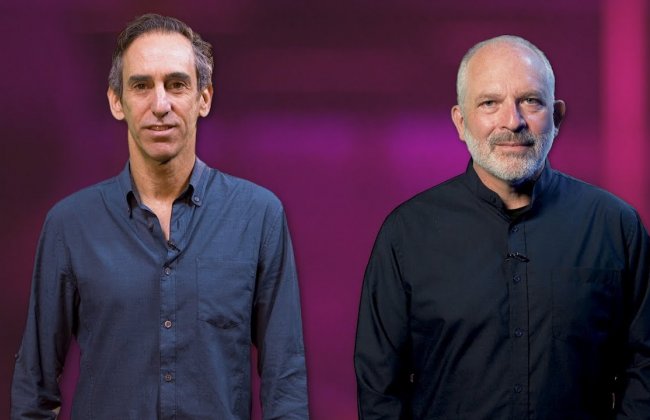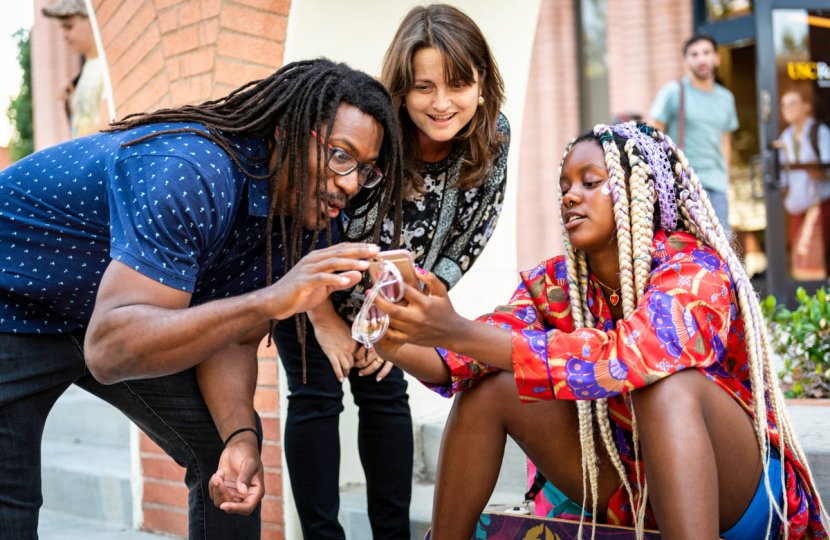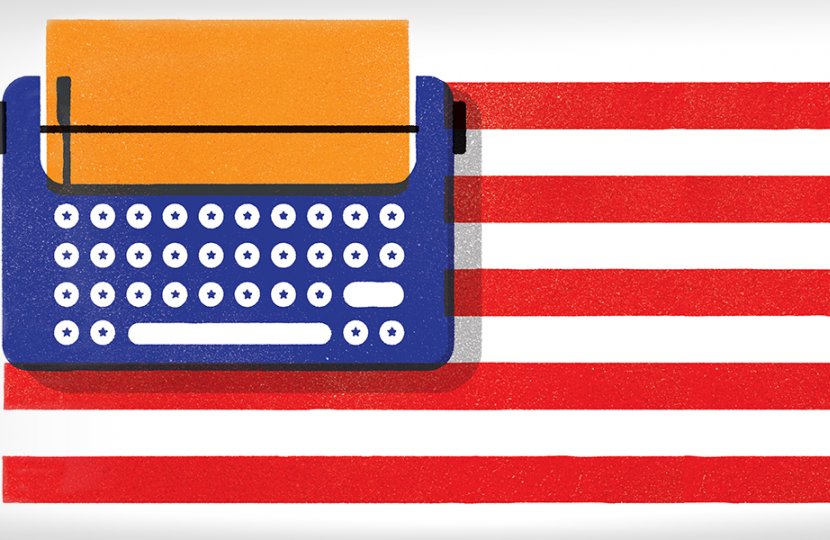Our L.A. story
It’s a sunny Los Angeles day. Professor of Communication François Bar has brought a new cruiser bike, along with its curious cart, to Sixth Street at San Pedro Street, where some unhoused Skid Row residents have come to know him by name. He isn’t out for a leisurely ride; the cart is an experiment designed with and for the homeless residents as a means to bring more electric power and internet accessibility to the area







